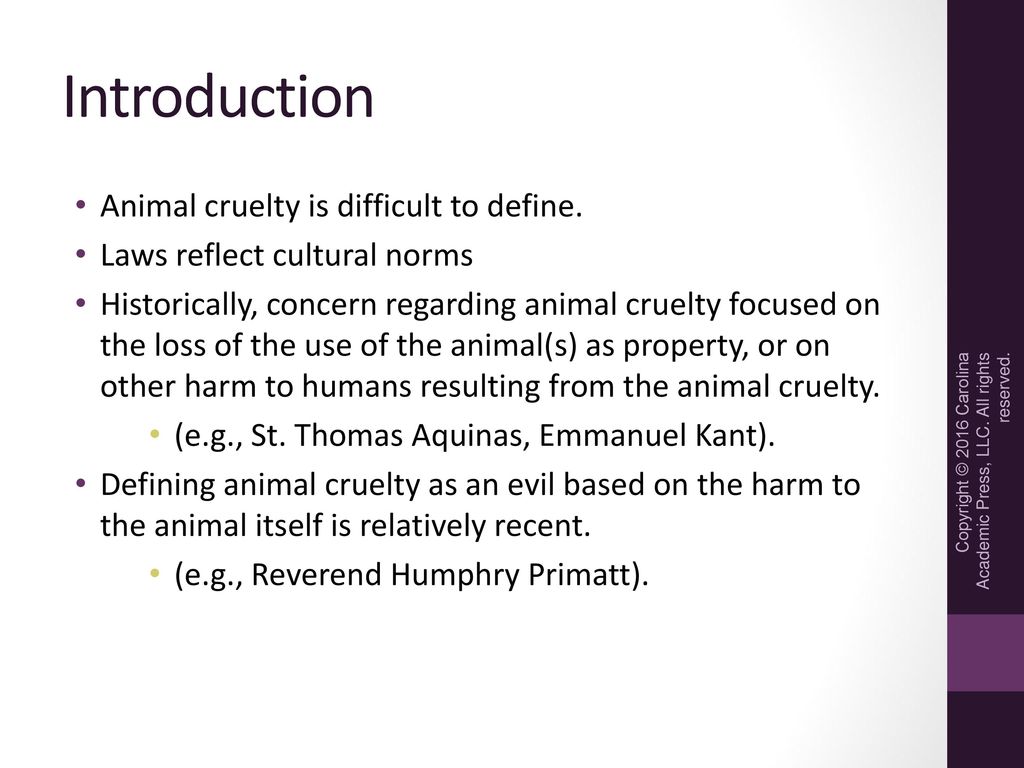Writing an introduction on animal cruelty is akin to casting a spotlight on a darkened stage, revealing the stark realities that often remain obscured from the public eye. The intention is to evoke awareness and compassion while providing clarity about this multifaceted issue. To create a compelling introduction, one must weave together powerful hooks and pertinent contextual information, crafting a narrative that resonates deeply with the reader. This article serves as a guide to navigating this sensitive topic, ensuring an impactful beginning for any discussion or essay on animal cruelty.
First and foremost, an engaging hook serves as the bait that draws readers into the discussion. A hook can be an astonishing statistic, an emotional anecdote, or a provocative question. Each option caters to different emotional triggers, compelling readers to invest their attention. Consider the staggering fact that approximately 1 million animals are abused every year in the United States alone. Presenting such a statistic not only jolts the reader but lays a foundation that demands accountability and action. Alternatively, sharing a heartrending story of an abused animal can stir empathy within the audience. A well-rounded introduction might lead with a statistic, only to transition into a poignant narrative, painting a vivid picture of the suffering animals endure.
Another effective hook can stem from a thought-provoking question that challenges prevailing attitudes or misconceptions about animal cruelty. For instance, “What does it mean to truly coexist with our animal companions?” This type of inquiry invites readers to reflect on their values and perceptions while allowing for an exploration of broader ethical considerations regarding human-animal relationships. It piques curiosity and sets the stage for a nuanced examination of the dynamics involved in animal welfare.
After establishing a compelling hook, it is essential to provide sufficient context surrounding animal cruelty. This includes defining key terms such as animal cruelty, abuse, and neglect, providing a comprehensive framework for understanding the topic. Clarifying these concepts allows readers to differentiate between various forms of maltreatment, be they physical, psychological, or neglectful. Providing insights into the legal definitions and classifications of animal cruelty also aids in contextualizing the issue within societal norms and legislative frameworks.
To further enhance the effectiveness of your introduction, consider incorporating historical context. Discussing the evolution of societal attitudes toward animals can reveal how perceptions have shifted over time, epitomizing humanity’s changing relationship with the animal kingdom. For instance, the introduction of animal welfare laws in the late 19th century marked a significant turning point. However, despite the advancements, many forms of cruelty persist, necessitating continued activism and reform. By juxtaposing past attitudes with contemporary issues, you illuminate the ongoing challenges faced by animals and advocate for a critical reevaluation of societal values.
In addition to historical context, acknowledging the multifarious factors contributing to animal cruelty is vital. One might discuss the interplay between socioeconomic factors, cultural attitudes, and psychological issues that spur individuals to commit acts of cruelty. Delving into these underlying causes not only deepens the discussion but also fosters understanding and empathy toward both animals and the individuals involved. This complexity captures the unique appeal of the topic, illustrating that the solution extends beyond mere punitive measures; it necessitates education and compassion.
Through the introduction, clearly delineating the scope of your discussion is pivotal. Informing the reader of the specific aspects of animal cruelty you intend to explore—be it domestic abuse, entertainment industries, or factory farming—provides clarity and prepares them for the journey that lies ahead. Moreover, integrating transition statements to guide readers can reinforce coherence, creating a seamless flow from the introduction to the body of your work.
Finally, conclude the introduction by articulating a call to action that galvanizes the reader’s engagement. Whether it’s encouraging awareness, volunteering, or simply reflecting on their personal beliefs about animal welfare, prompting readers to act cultivates a sense of responsibility. Articulate that every effort counts, emphasize the ripple effect of individual actions, and rally support for initiatives that seek to combat animal cruelty. This motivates readers to continue exploring the subject matter with a proactive mindset.
In summary, crafting an introduction on animal cruelty requires judicious incorporation of compelling hooks and contextual depth. Engage your audience with thought-provoking questions, sensational statistics, and emotional narratives, enriching your introduction’s emotional resonance. Provide essential background information, highlighting definitions and historical context, while keeping a keen focus on the multifactorial nature of animal cruelty. Lastly, articulate a powerful call to action that inspires readers to play an active role in the journey toward alleviating this pervasive issue. Each element contributes to a persuasive introduction, fostering a deeper connection that encourages further exploration into the pressing topic of animal cruelty.








